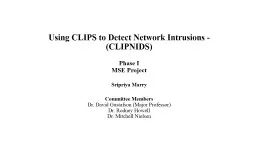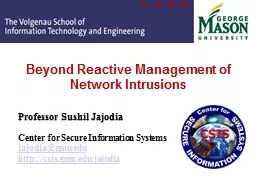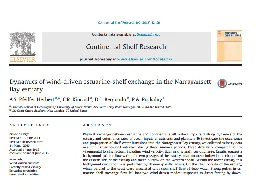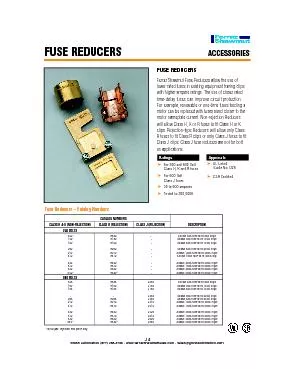PPT-Using CLIPS to Detect Network Intrusions - (CLIPNIDS)
Author : conchita-marotz | Published Date : 2016-05-16
Phase I MSE Project Sripriya Marry Committee Members Dr David Gustafson Major Professor Dr Rodney Howell Dr Mitchell Nielsen Overview Problem Statement Purpose
Presentation Embed Code
Download Presentation
Download Presentation The PPT/PDF document "Using CLIPS to Detect Network Intrusions..." is the property of its rightful owner. Permission is granted to download and print the materials on this website for personal, non-commercial use only, and to display it on your personal computer provided you do not modify the materials and that you retain all copyright notices contained in the materials. By downloading content from our website, you accept the terms of this agreement.
Using CLIPS to Detect Network Intrusions - (CLIPNIDS): Transcript
Download Rules Of Document
"Using CLIPS to Detect Network Intrusions - (CLIPNIDS)"The content belongs to its owner. You may download and print it for personal use, without modification, and keep all copyright notices. By downloading, you agree to these terms.
Related Documents














